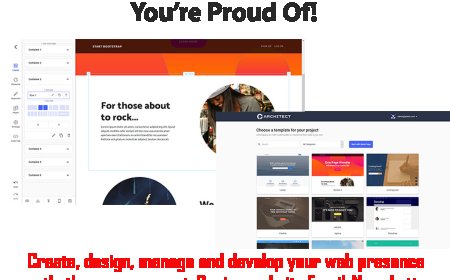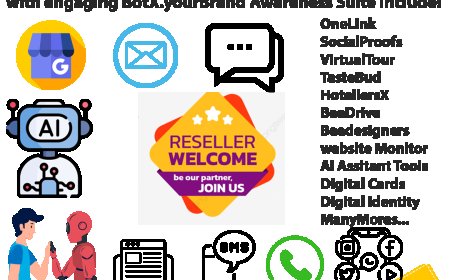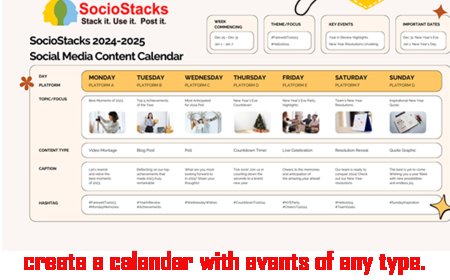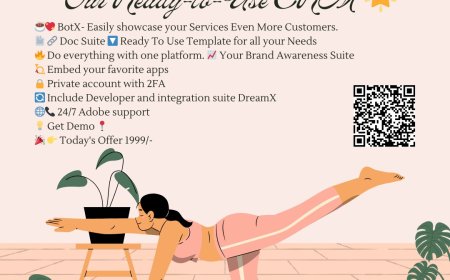Monetizing your Blog
Sign up to place ads on your blog. Placing ads can be an excellent source of revenue for your blog. With “pay per click” (PPC) ads, you get paid when visitors to your blog click on ads that lead to other clients. You usually need to already have a strong readership and high visitor counts for ad buyers to be interested in your blog. Here are some examples of websites that pay you to place ads:

Monetizing your Blog
Sign up to place ads on your blog. Placing ads can be an excellent source of revenue for your blog. With “pay per click” (PPC) ads, you get paid when visitors to your blog click on ads that lead to other clients. You usually need to already have a strong readership and high visitor counts for ad buyers to be interested in your blog. Here are some examples of websites that pay you to place ads:
Google’s AdSense program is the most widely used PPC program because it has the power of Google Search behind it. Google will read your article and find "ads that are relevant" to it and display them next to or within the article. It will also use your readers’ cookies to display ads that are relevant to their recently visited websites on your blog.
- You can also sign up for “cost per impressions” (CPM) ads. These function similarly to PPC, but they pay you based on units of “impressions” (views) the ad gets, even if the visitor doesn’t click on the link. Usually, the units are sets of 1,000 impressions.
- If you don’t have about 10,000 unique visitors to your site every month, you aren’t likely to make much money from ads. That’s why it’s crucial to build up your readership through marketing and quality content.
Sign up for affiliate marketing. Affiliate marketing is a very popular way of monetizing a blog because it capitalizes on your readers’ trust of you. If your posts always deliver quality content, then your audience is more likely to trust product or service recommendations. You can provide links or recommendations to relevant products and get a commission from any sales driven by your blog.
Amazon Associates lets you place a banner on your website with products targeted at your audience, such as diapers for a parenting website or art supplies for a creative website. You earn a small commission when people buy something through your link. Amazon pays a commission ranging from 4% to 15%.
- You can also check out other affiliate programs at big “clearinghouse” sites such as Commission Junction, LinkShare, and ShareASale. These sites offer huge lists of programs, from which you can choose the ones relevant to your blog.
- An affiliate aggregator service, such as VigLink, will automatically insert monetized affiliate links into posts for you. They keep a higher percentage of the commission than other services, but the convenience may make up for it.
Write sponsored posts. If you already have a high visitor count, you may be able to get other companies to pay you to “sponsor” a post. The advertiser may contact you directly, or you can check out online “sponsorship marketplaces” such as Themidgame.
- Be careful about sponsors who want you to place an article to increase their own page rank. This violates Google’s policy and could hurt your AdSense revenue.
- You can also check out websites such as Blogvertise, Social Spark, and Review Me for listings of paid or sponsored posts.
- Don’t allow sponsored posts to overtake your own content. Remember: your readers visit your blog to read your content.
- Make sure that you only post sponsored posts that still benefit your readers in some way. You don’t want your blog to seem like a corporate shill.
Work directly with a brand or company. Working directly with a company to help with a promotional campaign can be a good way to boost traffic and revenue for your blog. Many companies, particularly ones like publishers, are happy to pay you to participate in things like Twitter parties, blog-based “book tours,” and giveaways.
- Signing up with third-party connecting agencies can be helpful. Blog Friendly PR, Blog Insiders, and Brandfluential are popular networks.
Generate leads for other businesses. This type of revenue comes from providing sales “leads” to other companies who partner with your blog. You don’t actually have to sell a product or service to generate these leads -- you just need your blog visitors to provide their information and opt in to being contacted by your partner.
Use your blog as a portfolio. You may be able to use your blog to create freelance income by using it to showcase your work. Don’t use your blog only to sell products, but having a “portfolio” section on your blog can let readers see what you’re good at.
- For example, if you run a photography blog, keep a portfolio of your very best photographs and market yourself as a freelance photographer. Readers will know exactly what they’re getting because they can see your passion and expertise.
Create paid content. Once you have a loyal following and have demonstrated your trustworthiness, you can consider adding “paid content” to your blog. For example, you could host a special podcast or write an e-book and charge visitors a small fee to access it.
- Paid courses, consulting services, and advice are other popular types of products and services you can use the reputation you’ve established to sell.
- You can also use a service such as Zazzle or CafePress to create branded items like t-shirts and tote bags for sale.
- The Bloggess creates new items weekly, usually playing on a humorous post from the week before.
- Consider memberships, where you charge a small monthly fee for users to gain access to exclusive content, video content, or possibly direct access to you through Q&A or live events. WordPress has many plugins to help you add membership services to your blog.
- Consider “bonus content.” For example, if you run a podcast on your blog, you might consider having the standard episode available for free but a longer version or additional content for a small fee.
- Many bloggers parlay their blog’s success into books. The Bloggess now has two books about her life adventures.
- Remember: anything you can offer that’s valuable to your readers might be worth them paying for. Just don’t let your blog become so paid-content-heavy that it doesn’t seem like a good value to your audience anymore.
-
Donations – Don’t be surprised, you can actually make good money from Donations – There are a lot of “good people” on planet earth who are willing to share their fortune (maybe just 0.00001%) provided they enjoy reading your blog and probably benefit from the blog content. For example, if you wrote about some fuel saving tip and if it actually worked, people may be interested in sending you a token of appreciation via Paypal.
Sell your Blog as a Brand If you are a popular blogger and have a huge fan following, it’s time to capitalize on it. Start selling T-shirts, coffee mugs, handbags with your logo and your fans will actually buy them. CafePress is a popular choice here – When someone makes a purchase, Cafepress sends you a commission.
Files
What's Your Reaction?


































